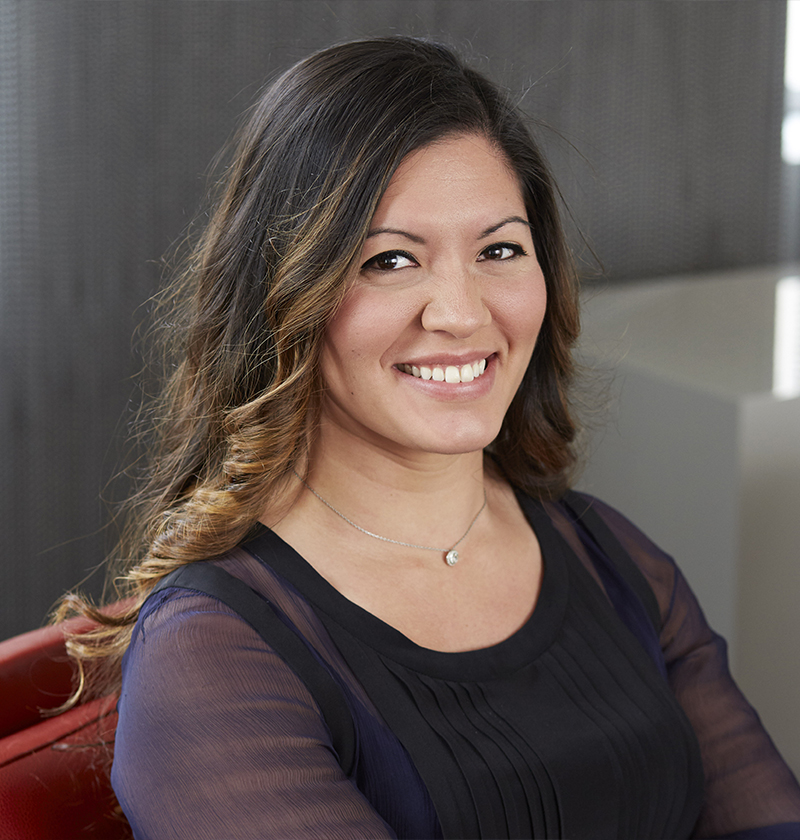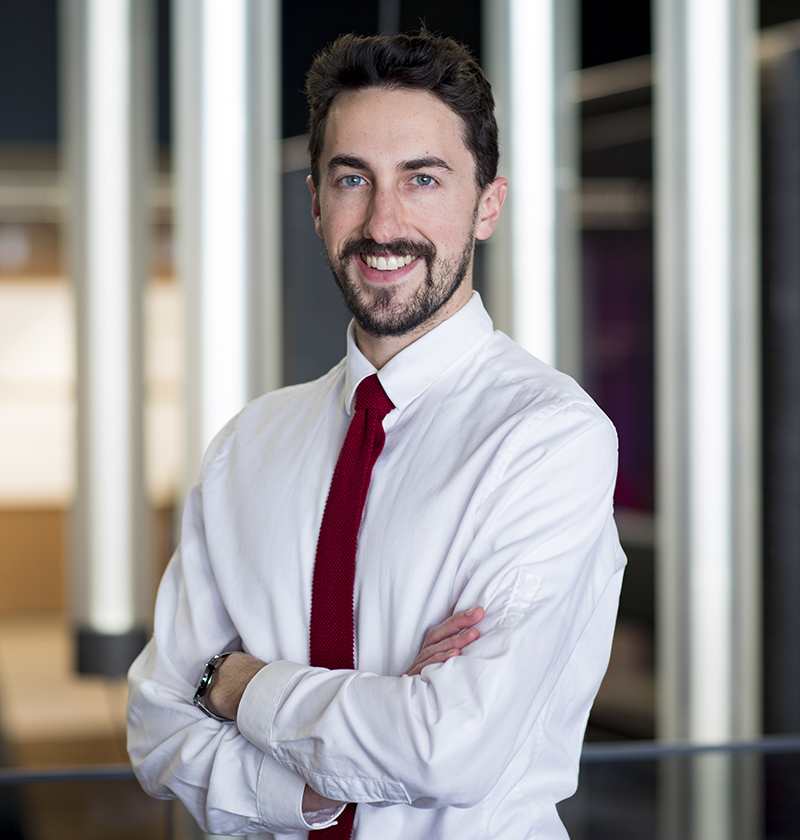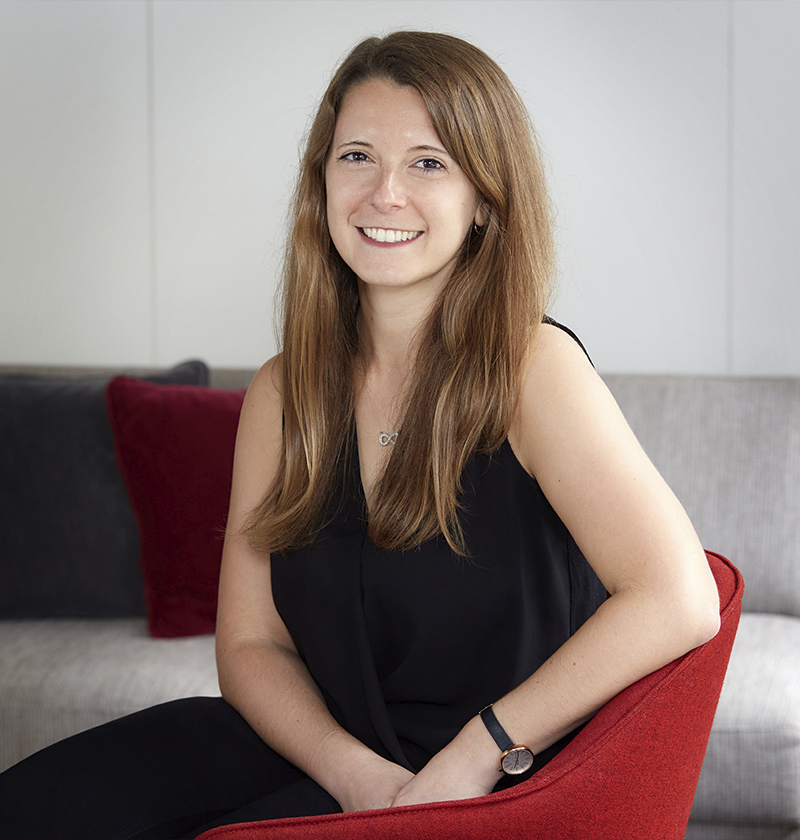 | 1 LU / HSW |
 | 1 LU / HSW |
Think about a place where you felt you did not belong. How did it impact your feeling of safety? Now, imagine that place is your school which you attend every day. Do you feel that you can share your feelings with someone? Do you think anyone would listen? Safety and belonging in educational spaces play an essential role in the lives of BIPOC (Black, Indigenous, and People of Color) students. Yet when it comes to designing learning spaces, these students often do not have enough of a voice. Is designer thinking part of the problem? It is essential for designers to understand how students perceive education spaces to build schools that feel inclusive and safe. Our discourse is in response to a survey our team conducted in spring of 2021 titled, “Education and the BIPOC Experience” with a mission to amplify student voices and develop a framework for creating safe inclusive spaces. The conversation will address issues of safety and belonging in educational spaces and the impact of the built environment on the student experience. In this interactive session, we will share our research which led to the development of an educational vision framework. We will highlight the student voices that helped create this process from a series of student engagement programs. Audience members will have the option to share personal insights, impressions, and reactions to the research and how they have witnessed inequity in education. An important part of our research process is sharing what we learn from the students. By participating you are helping us amplify their experience and refine the visioning process and will leave with additional resources and insight to support your efforts to improve education.
Learning Objectives:

Sara is a versatile designer and thought leader in the Education and Arts & Culture practice areas and Community Impact leader at Gensler. She is the recipient of the Interior Design Magazine HiP Award for Leadership for the Greater Good, winner of the American Society of Interior Design Ones to Watch Award, and commendation recipient from the Jackie Robinson Foundation for stewardship in education. She is also a mentor leader for ACE Greater NY.

Phillip is an architectural designer with experience working in educational and cultural institutions. His interests are centered on creating public facing projects that bring communities together. Through collaborative research and design, he hopes to work toward cultivating education spaces that are safe, inclusive, and equitable.

Margot is an architect and educator with experience working on a broad range of projects including international airports, city master plans, and health and wellness projects. She is interested in creating community-based spaces and is passionate about the engagement process with clients, the public, and her students, to understand the user experience and needs.
The built and natural environments have profound impacts on our behaviors both for better and worse. How do we cultivate a sense of place for better? How might the built and natural environments be made to enhance teaching and learning? How might school buildings and grounds foster a sense of community by reflecting those they serve?
Primary Core Competency
Educational Visioning: Exhibits an understanding of best and next practices related to educationalleadership, programming, teaching, learning, planning and facility design. Establishes credibility with educators, community members and design professionals while conceiving and leading a community-based visioning process. Demonstrates the ability to articulate the impact of learning environments on teaching and learning and uses that ability to facilitate a dialogue that uncovers the unique needs and long-range goals of an educational institution and its stakeholders – translating that into an actionable written/graphic program of requirements for the design practitioner.